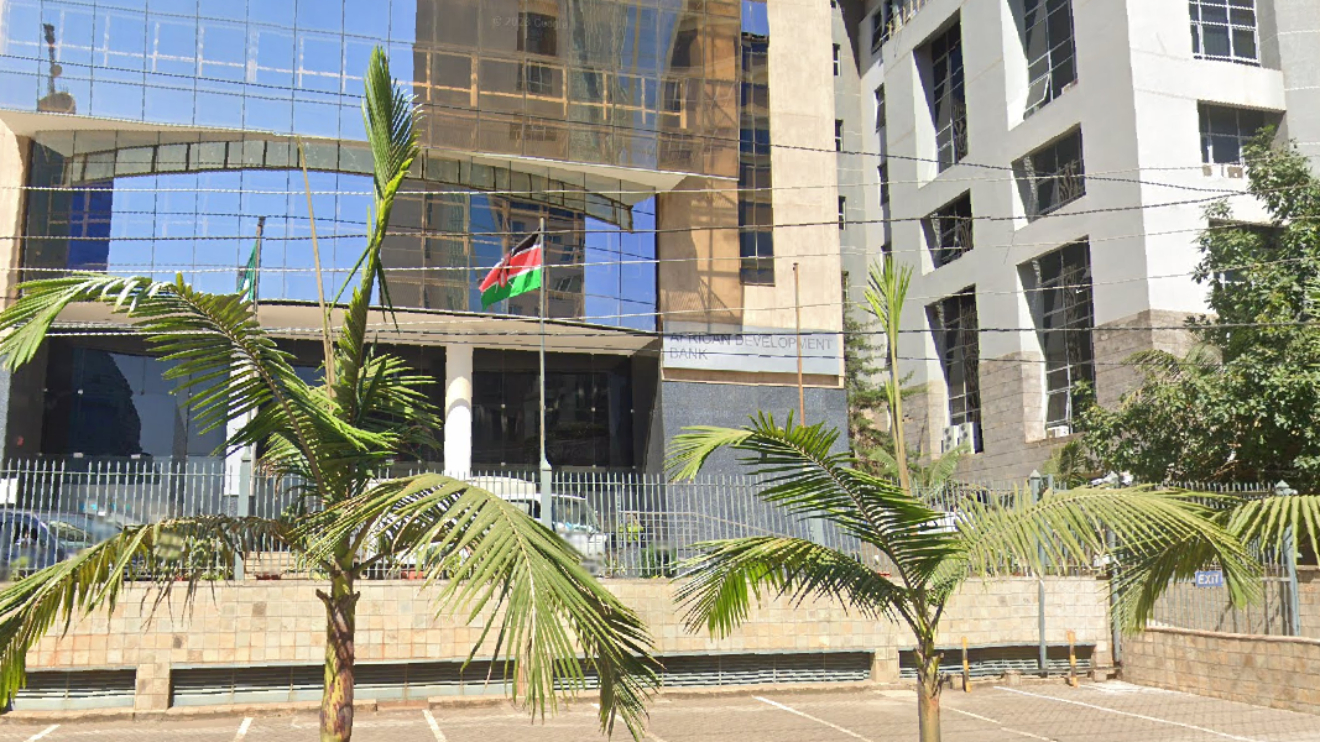The Treasury has taken a significant step in its ongoing efforts to combat money laundering and criminal networks, as Treasury Cabinet Secretary Njuguna Ndung’u officially published the Proceeds of Crime and Anti-Money Laundering (Criminal Assets Recovery Fund) Regulations.
This publication marks the activation of the fund and sets the stage for the establishment of an asset recovery advisory board and the appointment of a director to oversee the fund's administration.
The primary role of the asset recovery advisory board will be to provide guidance to the agency responsible for administering the fund.
Meanwhile, the director's responsibilities will involve the day-to-day management of the fund, including the operation of its bank accounts.
In a gazette notice covering the new regulations, the Treasury emphasized the purpose of these regulations.
Read More
"The purpose of these regulations is to provide a framework for the administrative operations of the fund and the utilization of properties and monies standing to the credit of the fund," the gazette notice read.
The Criminal Assets Recovery Fund, as established under the Proceeds of Crime and Anti-Money Laundering Act, will serve as a repository for all monies derived from concluded confiscation and forfeiture orders, as well as properties recovered from such orders.
The fund's financial resources will be derived from various sources, including balances of all monies from the conclusion of foreign confiscation orders after payments made to requesting countries, appropriations by Parliament, domestic and foreign grants, and money or property recovered under the Anti-Corruption and Economic Crimes Act.
The new regulations also outline additional sources of funding for the fund, which include monies from incidental compensation and restitution orders, income generated from investments of the fund, and funds accruing to the fund from the management of confiscated or forfeited property.
Notably, the fund is mandated to redirect a portion of the recovered proceeds.
A percentage of the total proceeds, five per cent, is earmarked for asset recovery agents, and three per cent is allocated to the Finance Reporting Centre.
Additionally, payouts will cover third-party claims related to forfeiture orders and administrative expenses.
The Proceeds of Crime and Anti-Money Laundering Act forms the legal backbone of this initiative.
It defines money laundering as an offence and introduces comprehensive measures to combat it, including the identification, tracing, freezing, seizure, and confiscation of the proceeds of crime and related activities.
Proceeds of crime, according to the Act, encompass any property or economic advantage derived directly or indirectly from an offence.
With the activation of this fund, the Kenyan government is expected to escalate its efforts in curbing money laundering and dismantling criminal financial networks.

-1684490708.jpg)


 shares a light moment with the company's Group CEO Dr Patrick Tumbo (right) at a past event-1758121528.jpeg)
-1758116028.jpeg)

